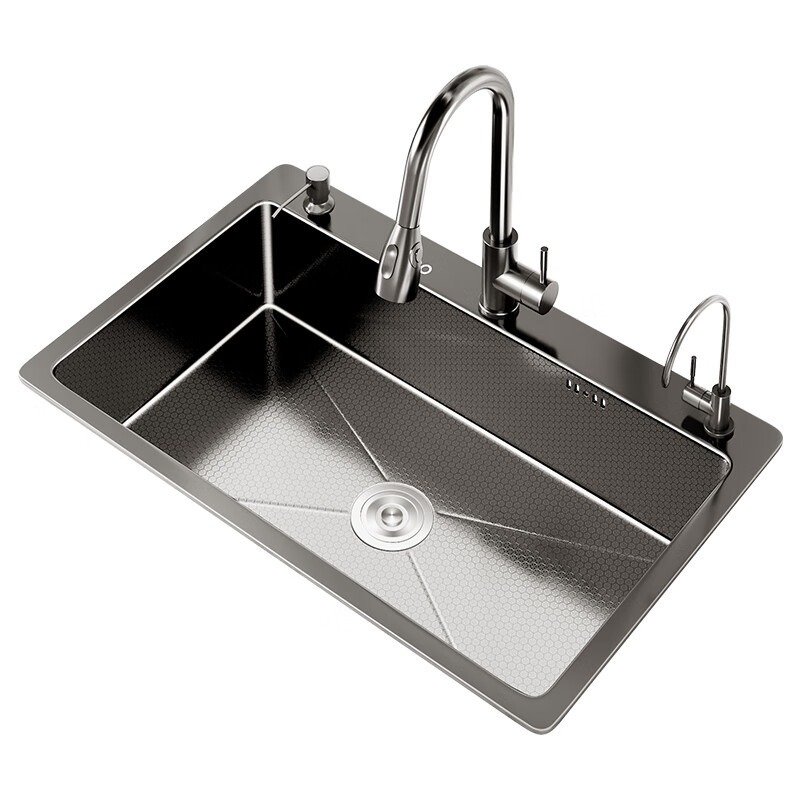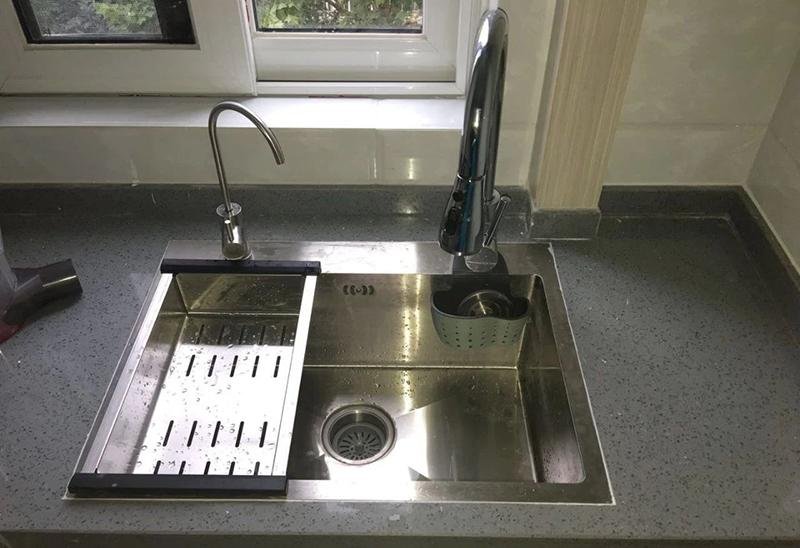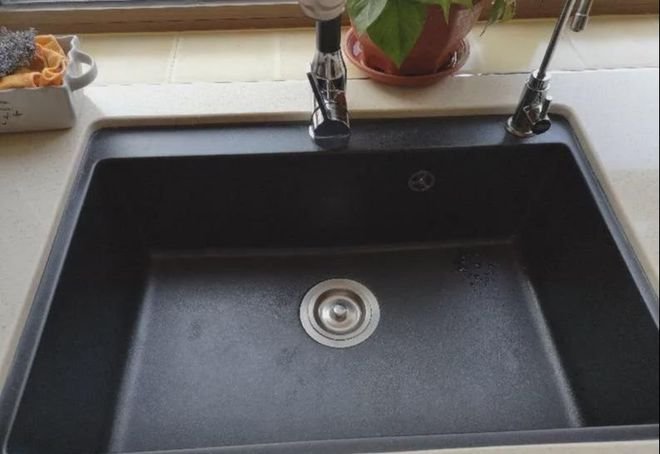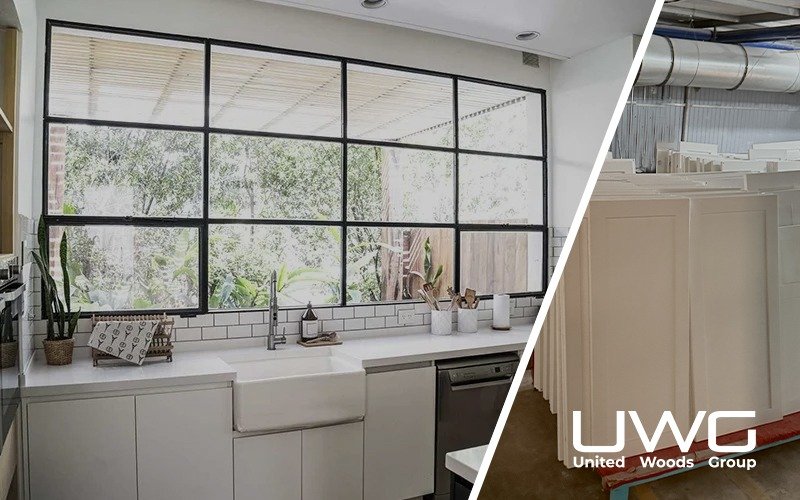In kitchen and utility space design, the way a sink is installed has a direct impact on usability, hygiene, durability, and overall aesthetics. Different sink mounting options come with distinct structural requirements, cost implications, and functional outcomes. For builders and wholesalers, understanding these differences is essential for selecting the right configuration for residential applications.What are the different sink mounting types?

There are three common kitchen sink installation methods: drop-in, flush-mount, and undermount. Drop-in sinks are easy to install and cost-effective, but less visually refined. Flush-mount sinks offer seamless aesthetics but require precise fabrication and high cost. Undermount sinks balance beauty and practicality, offering clean lines and easier maintenance. For builders, undermount sinks typically provide the best trade-off between installation value, visual appeal, and client satisfaction in residential projects.
Let’s explore the technical definitions of each type and compare them across key criteria to identify the best fit for residential use.
What Is a Drop-in Sink?
A drop-in sink is designed with a visible rim that sits on top of the countertop. It is the most common and budget-friendly mounting style. Installation involves cutting a hole in the countertop and placing the sink from above, with the rim providing support and being sealed with adhesive.
This type of sink is compatible with virtually all countertop materials, including laminate and wood. Its low cost and ease of installation make it suitable for large-scale housing developments and budget-sensitive renovation projects. However, its exposed rim may interrupt the countertop’s visual flow and collect debris over time.

What Is a Flush-mount Sink?
Flush-mount sinks are installed so that the top edge of the sink sits exactly level with the countertop surface. Achieving this requires high-precision fabrication of the countertop opening and often specialized tools like CNC routers.
The visual outcome is minimal and seamless, and cleaning is relatively easy due to the absence of raised or recessed edges. However, the installation is labor-intensive, time-consuming, and only feasible with hard materials like quartz or granite. It is often reserved for custom kitchens or high-end design projects where aesthetic integration takes priority over cost or ease of replacement.

What Is an Undermount Sink?
An undermount sink is secured beneath the countertop surface, allowing water and debris to be swept directly from the counter into the basin. The mounting relies on structural support beneath the countertop and often involves adhesives, metal brackets, or a combination of both.
While visually similar to flush-mount sinks, undermount sinks are easier to install and maintain. However, they require a solid countertop material that can support the weight of the sink without delamination. This makes them incompatible with lower-cost laminate surfaces. In residential applications, they are often favored for their clean appearance and practicality in daily cleaning routines.

Comparative Evaluation by Key Factors
Sink Basin Hygiene
From a sanitation perspective, undermount sinks outperform the other two. Their rimless design ensures that there are no edges to trap grime or food residue, making them ideal for kitchens focused on hygienic efficiency. Flush-mount sinks also perform well but are slightly more prone to residue buildup at the seam if installation isn’t flawless. Drop-in sinks, with their raised edges, tend to trap debris and require more frequent maintenance.
Countertop Surface Cleaning
When it comes to keeping the countertop clean, undermount sinks again hold a clear advantage. Their sub-counter design allows crumbs and liquids to be wiped directly into the sink without obstruction. Flush-mount sinks also allow this, provided the alignment is perfect. Drop-in sinks create a physical barrier that forces users to work around the rim, which may reduce cleaning efficiency.
Material Compatibility
Drop-in sinks are universally compatible, even with budget materials such as laminate or MDF countertops. Undermount and flush-mount sinks, in contrast, require solid, water-resistant countertop materials such as granite, quartz, or Corian. Flush-mount sinks, in particular, depend on materials that can be fabricated to tight tolerances without crumbling or chipping.
Installation Complexity
The installation complexity varies significantly among the three sink types due to how each integrates with the countertop surface, as shown in the diagram.
Drop-in sinks are the most straightforward to install. The sink rim sits on top of the countertop, making the sink self-supporting. Installers simply cut a hole, drop in the sink, and seal the edges with adhesive. No special structural reinforcement or precision leveling is needed, which makes this method ideal for large-scale, cost-sensitive projects.
Flush-mount sinks, on the other hand, require the sink rim to be perfectly level with the countertop. This demands high-precision fabrication and clean edge finishing. Any misalignment will compromise both function and aesthetics. Therefore, this method requires advanced tools and experienced fabricators—making it the most technically demanding of the three.
Undermount sinks are mounted beneath the countertop, with the sink rim recessed approximately 5 mm below the surface. A support layer is often added to hold the sink in place securely. While this method does require professional installation, it is less complex than flush-mounting and has become standard practice in many modern residential builds.
In summary, drop-in sinks are DIY-friendly, undermount sinks require moderate technical skill and support infrastructure, and flush-mount sinks demand the highest level of craftsmanship and material precision.

Cost and Maintenance
In terms of purchase and installation cost, drop-in sinks are the most affordable. They appeal to developers looking to reduce per-unit build costs. Undermount sinks occupy a middle ground—they are more expensive than drop-in models but are not out of reach for mid-market residential projects. Flush-mount sinks are the most expensive due to the precision required and often-custom components involved.
Drop-in sinks are simple to replace, making them ideal for rental units or properties expecting frequent upgrades. Undermount sinks require periodic re-caulking and inspection of support brackets but are generally low-maintenance. Flush-mount sinks are difficult to remove or modify post-installation, and any issues often require professional intervention, increasing long-term service costs.
Suitable Application Environments
For basic residential use, drop-in sinks are adequate and practical. For mid- to high-end homes prioritizing cleanliness and aesthetics, undermount sinks provide the best balance. Flush-mount sinks are best suited for bespoke kitchen installations where cost is secondary to form and finish.
Quick Comparison Table
| Criteria | Drop-in Sink | Flush-mount Sink | Undermount Sink |
|---|---|---|---|
| Cleaning (Sink/Top) | Rim traps debris; harder to clean | Seamless but requires precision | Easiest to clean; no rim obstruction |
| Material Compatibility | Works with all materials | Requires solid stone/quartz | Requires solid surfaces |
| Installation Difficulty | Easiest; DIY-friendly | Most complex; high precision | Moderate; professional needed |
| Initial Cost | Lowest | Highest | Medium |
| Maintenance Cost | Low; easy replacement | High; difficult repairs | Medium; periodic resealing |
| Aesthetic Value | Traditional and practical | Seamless, high-end look | Modern and minimalist |
| Best For | Budget builds, rentals | Luxury custom kitchens | Mid- to high-end residences |
Conclusion
Each sink installation method—drop-in, flush-mount, and undermount—offers its own balance of cost, performance, and aesthetic. Drop-in sinks remain the easiest to install and replace, making them a practical choice for budget-conscious developments. Flush-mount sinks, while visually seamless, demand advanced fabrication and are typically reserved for high-end custom kitchens.

For most residential construction projects, undermount sinks present the optimal solution. They deliver a modern appearance, support hygienic workflows, and offer a favorable return on installation investment. From a builder’s perspective, undermount sinks strike the best compromise between technical feasibility, visual quality, and market appeal—making them a strategic standard in both mid- and high-end residential development.







